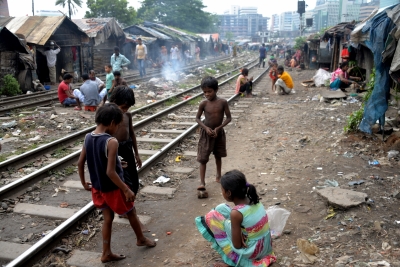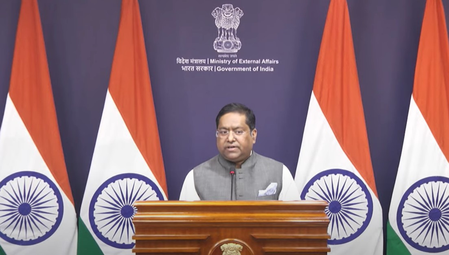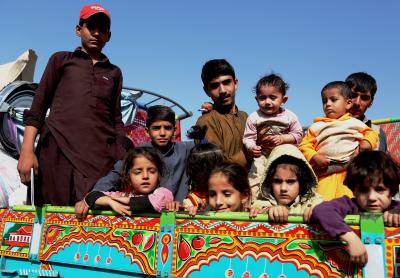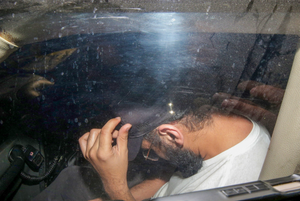
Dhaka, July 31 (IANS) With almost three out of 10 children (28.9 per cent) living in multidimensional poverty, significantly higher than the rate for adults (21.44 per cent), children are disproportionately impacted by deep-rooted challenges of poverty in Bangladesh.
According to the country’s national Multidimensional Poverty Index (MPI) released here Thursday, more than 39 million people in Bangladesh live in multidimensional poverty.
The report underscores the urgent need to address child-specific deprivations in health, education, and living standards that continue to undermine children’s rights and potential.
The MPI provides a comprehensive and integrated approach to measuring poverty, beyond income, by assessing overlapping deprivations a child may face simultaneously, such as poor health, lack of education, inadequate nutrition, unsafe living conditions, and lack of access to essential services.
Despite progress in reducing monetary poverty and stunting, multidimensional child poverty remains a major challenge in Bangladesh, as children are 35 per cent more likely to be affected by multidimensional poverty than adults.
“When the multiple dimensions of poverty are addressed effectively, child poverty for current and future generations can be prevented. It starts with reliable data on each of the areas where children experience deprivations,” Xinhua news agency quoted Rana Flowers, UNICEF representative in Bangladesh, as saying.
“We must delve deeper into each indicator to understand how and why it contributes to the overall composite index of multidimensional poverty,” said Anisuzzaman Chowdhury, the Special Assistant to Bangladesh’s Chief Advisor.
To effectively reduce multidimensional child poverty, UNICEF called on Bangladesh’s Interim and future governments and partners to use the MPI data to drive action, shape equitable policies, target investments, and address critical deprivations such as housing, Internet access, sanitation, and essential household assets. Special focus is needed in poverty hotspots and rural areas, with interventions in water, sanitation and hygiene, electricity, clean cooking fuel, and quality education.
–IANS
/as




